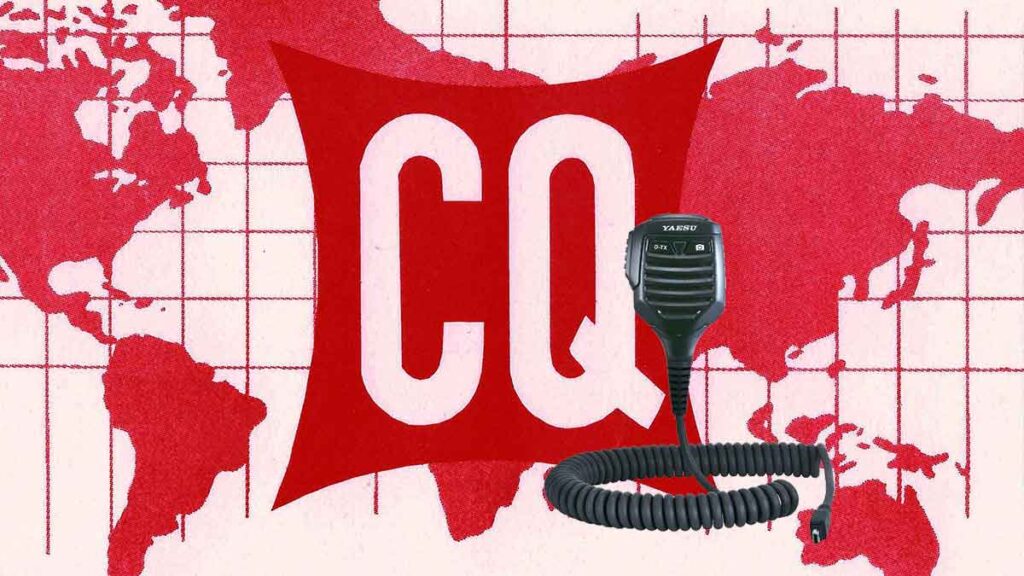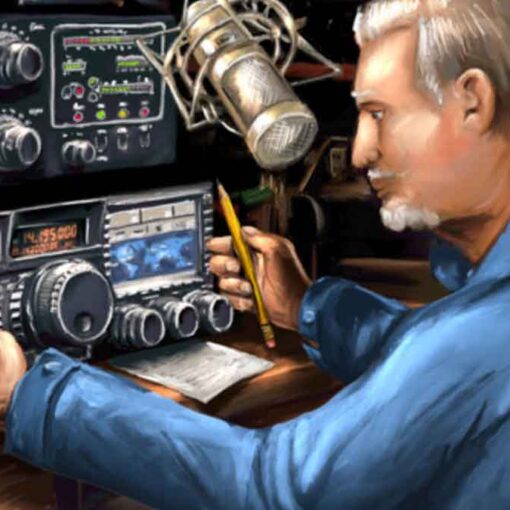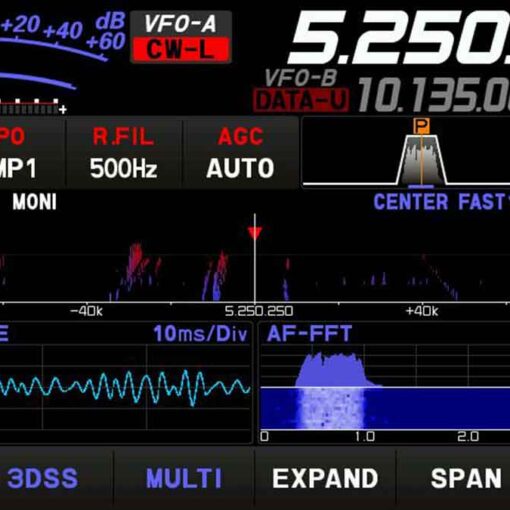
Never forget the basic rule: first listen to what is happening on the frequency you will be broadcasting on!
After hearing no one on the frequency, you should ask “Is this frequency busy?” or “QRZ?”.
Sometimes before transmission it is necessary to tune the transmitter (or antenna tuner). Tuning should generally be done with a passive load. If necessary, fine-tuning should be done on a clean frequency with reduced power after you have asked if the frequency is not in use.
What should you do first?
- Check which range you want to use based on the distance and direction you want to cover. MIC (Maximum Usable Frequency) tables are published on many sites and can help predict KB passage.
- Check which part of the range you have the right to use for telephony contacts. A copy of the band plan should always be on your desk (see attachments).
- Remember, SSB broadcasts below 10 MHz are on the lower sideband LSB, and above 10 MHz on the upper sideband USB.
- If you are broadcasting on USB at a given frequency (suppressed carrier frequency) your SSB spectrum will occupy at least 3 kHz above that frequency. With LSB it’s the other way around, your signal will occupy at least 3 kHz below the frequency your transmitter shows you on its display. This means: never broadcast on LSB below 1.853 kHz (In Bulgaria the lower limit of the 1.8 MHz band is 1.850 kHz); never broadcast LSB below 3.603 kHz, and never USB above 14.347 kHz, etc.</li >
- Now you are ready to start a short audition of the range or frequency you want to use…Always listen first!
- If the frequency seems clear, ask if it is not in use (“Is this frequency in use?” or “Is this frequency busy” or “QRZ?”).
- If you have listened to an apparently pure frequency, why should you even ask if it is not being used? Because a station participating in the QSO located in a non-coverage area relative to your location could be transmitting on the frequency. This means you won’t hear that station (and it won’t hear you) because it is too far away for ground wave coverage and too close for ionospherically reflected wave coverage. On the high KB ranges, these are usually stations several hundred kilometers away from you. If you ask if the frequency is in use, the correspondent of that station can hear and answer. You may not hear someone if they are using sharply pointed or much better quality antennas than yours. If you start transmitting without asking, there’s a chance you’ll cause QRM on at least one station on that frequency.
- If the frequency is busy, the user usually replies “yes, it’s busy” or more politely “yes, it’s busy, thanks for asking”. In this case you should look for another frequency to call CQ.
- If no one answers, ask again. Just in case.
- And if no one answers again, start the call.
Do CQ: “CQ CQ CQ here LZ2ZZZ, LZ2ZZZ calls all, lima zulu tu zulu zulu zulu calls all and listen”. At the end you can say “…and switches to receiving” instead of “…and listens”. Some say “…and passes to acceptance for all”. You can only say CQ once instead of three times. It is important to be as short and clear as possible according to the radio situation and the passage. This is achieved with practice.
Always speak clearly and distinctly.
Broadcast your initial two to four times with each CQ.
Use the International Phonetic Alphabet (when spelling your initial) once or twice in each CQ.
It is better to do several short CQs in a row than one long one.
Do not end CQ c “over” as in this example: “CQ, CQ, LZ2ZZZ lima zulu tu zulu zulu zulu calls all and listen, over”. “Over” means “come on, you are”. At the end of a general call (CQ) you can’t use this phrase because you haven’t made contact with anyone yet!
Never end CQ with “QRZ”. “QRZ” stands for “Who’s Calling Me?”. Obviously NO ONE called you out before you started your CQ! A completely wrong way to end your CQ is this: “CQ 20 CQ 20 this is LZ2ZZZ lima zulu tu zulu zulu zulu calling CQ, QRZ?” or “…calls all and switches to reception, QRZ”.
If you are calling a CQ and listening on a frequency other than the one you are transmitting on, report to each CQ the frequency you are listening on, for example “…listening 5 to 10 up” or “…listening on 14295” etc. n. Just saying “…listen up” or “up” isn’t enough because you don’t say where you’re listening. This method of conducting QSOs is called split frequency operation.
If you intend to operate on scattered frequencies, always check that the frequency you intend to use for reception is free, as well as the frequency on which you make a general call CQ.
There are many ways to invoke CQ, find the way that works best for you.
Try using the standard call frequencies on whatever frequency you are transmitting. This applies to 160 meters, in the international DX window. In most other bands of 20 meters and above, there is no set calling frequency. On 20 meters there is a marine frequency of 14300 which should not be used for calls unless you are a marine (ocean) mobile ie. from a ship or other vessel at sea.
When using a VHF repeater (2m, 70cm) you do not need to call CQ. You can simply say “<your callsign> <mobile, portable (if needed)> listening!”, or “<your callsign> <mobile, portable (if needed)> to (repeater name – R0, R1 or whatever)!”, or even just your initial.



